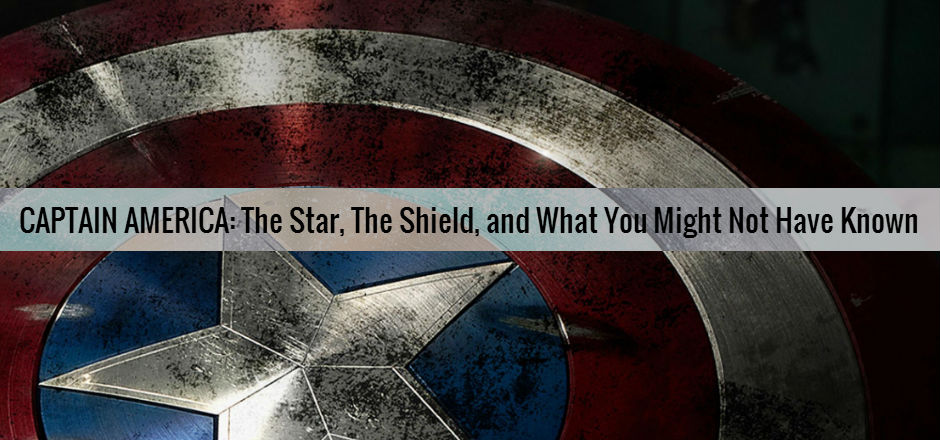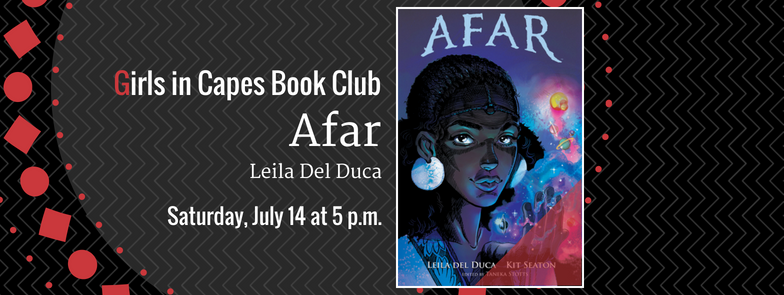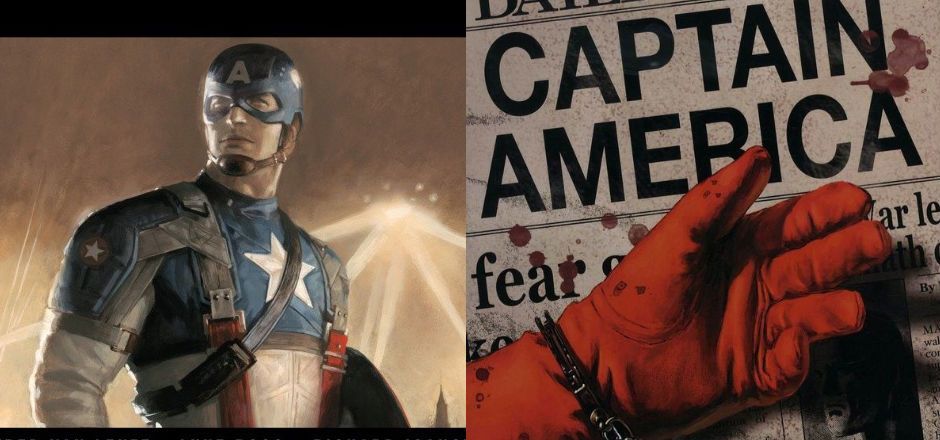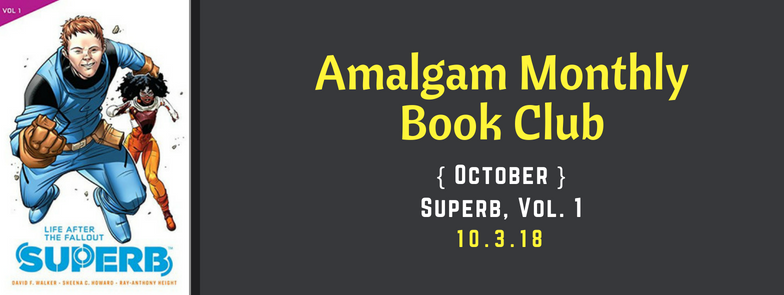There’s almost no point to talking about the symbolism of Captain America’s star at this point, because it’s become such a staple in pop culture in recent years that it’s obvious by now. It’s America. It’s patriotism. It’s fighting for the ideals that the American flag itself stands for: truth, justice, freedom, and all that jazz.
I did use the word ‘almost’ for a reason though, because there’s always more to say where Captain America is concerned.
[blocktext align=”right”]Not only was Steve American, but he was aggressively so. He wore the flag; he used the red, white, and blue shield as a weapon. You could say it was like watching the personifications of freedom and hatred having a mano-a-mano.[/blocktext]Steve Rogers willingly dons the stars and stripes when he fights. This was particularly empowering during the 1940s when he was fighting the Nazis and Adolf Hitler in the pages of his comics (AN: please do yourself a favor and look at this cover art of Cap punching Hitler in the face, because it’s beautiful). Not only was Steve American, but he was aggressively so. He wore the flag; he used the red, white, and blue shield as a weapon. You could say it was like watching the personifications of freedom and hatred having a mano-a-mano.
Peel back the layer, though, and you’ll spy Joe Simon and Jack Kirby, the creators of Captain America, both of whom were Jewish and no doubt hearing about the suffering of their relatives in Europe via letters written to them, as the U.S. rarely reported on the events of the war during its early years. The rest can be concisely and nicely summed up by author and rabbi Simcha Weinstein in the book Up, Up, and Oy Vey: How Jewish History, Culture and Values Shaped the Comic Book Superhero:
Simon and Kirby used Captain America to strike back and boost American morale while proudly alluding to their religious faith. In a later issue, Steve Rogers watches newsreels depicting Nazi atrocities — newsreels Kirby and Simon surely must have watched as well. Captain America’s weapon of choice was a strange one — not a machine gun, but a shield. The shield is a famous Jewish symbol, the Magen David, which means the “Shield of David.” (It’s also known as the “Star of David” because the Magen David is a hexagram.) The term “shield” in Jewish prayer denotes the closeness and protection of God. In a sad twist of fate, Captain America’s costume featured a star at the same time that Simon and Kirby’s European brethren were being forced to wear a star of a very different kind.
Aggressive patriotism and hidden Jewishness were both punching Hitler in the face. Tell me that isn’t awesome.
The star’s importance continued to hold true and resurfaced in a new way in 2005 with the introduction of the Winter Soldier, and the subsequent return of Steve’s friend Bucky Barnes to the comics. The Winter Soldier, a Soviet-trained assassin and weapon, has a metal left arm adorned with a red Communist star on his shoulder.
Both hero and antagonist, both with very telling and symbolic stars on their outfits. One wears his voluntarily; the other doesn’t. Steve and Bucky are polar opposites in this way, and seeing two warring, star-clad men from different ideologies grapple with each other is about as symbolic as you can get.
In the films, though the Winter Soldier is a product of Hydra and not the KGB, he still has the star on his shoulder, which prompts a very stark and polarizing comparison to be made between him and Captain America.
In the first Captain America movie, Dr. Abraham Erskine, advises Steve to remain true to himself and to be “not a perfect soldier, but a good man.” This is basically the essence of Captain America, the real core of Steve Rogers. The fact that he’s first and foremost a good man was a key part of the super soldier serum being so successful – it’s why the serum didn’t work properly on Johann Shmidt and turned him into the deformed man known as the Red Skull.
The opposite is true for the Winter Soldier. Now remember, the Winter Soldier and Bucky Barnes are separate entities, and so Bucky is, himself, a good man. The Soldier isn’t. The Soldier is a weapon and an assassin; he was created by Hydra as a killing machine meant to take orders and nothing else. He’s not supposed to be able to think for himself or question the authority of his superiors. In that sense, the Winter Soldier is the inverse of Captain America: not a good man, but a perfect soldier.
[blocktext align=”left”]Now remember, the Winter Soldier and Bucky Barnes are separate entities, and so Bucky is, himself, a good man. The Soldier isn’t.[/blocktext]Thus, the star on the Soldier’s arm is more of a brand than a symbol of hope. It essentially labels him as Hydra property; Bucky doesn’t wear the star willingly. It’s hardly surprising, then, that in the comics he changes the star’s colors. He doesn’t remove it completely, but the telltale red is replaced with a white star surrounded by blue and red: it’s Captain America’s shield.
Here again, the star takes on new meaning. It’s a symbol of hope once more, yes, but also a symbol of personal triumph. Bucky is able to reclaim himself enough to the point where he’s able to accept himself as worthy of wearing Cap’s star on his shoulder. He’s allying himself with Captain America; he and Steve are back on the same page, and on the same side. In such a simple act Bucky manages to assert his defiance over the horrors done to him and remain hopeful about the future.
And, of course, Bucky’s confidence in donning the red-white-and-blue star culminates when he becomes Captain America in the comics. It’s a bit like Mjolnir in that the stars and stripes should only be worn by someone worthy enough of them, except in this case it’s the person wearing the outfit that has to judge for him- or herself whether he or she is worthy or not. The fact that Bucky deems himself worthy, even after everything he’s done and been put through, can be seen as the ultimate form of self-redemption.
The star on Captain America’s shield means a lot more than just freedom, liberty, and ‘Murrica. It’s a very personal symbol that stretches into the real world, dating all the way back to the ‘40s with Cap’s original creators and the real-world atrocities happening across the pond. It’s reflective of who Steve Rogers is, especially during his confrontations with the Winter Soldier, and it serves even as a symbol of hope for Bucky Barnes.
The star means different things to different people, and all interpretations are valid. Just goes to show there’s more to Captain America’s shield and star than meets the eye.
—
Gabby Taub, the Fantasy Reviewer at Girls in Capes, is a recent graduate of New York University. She enjoys reading, writing, watching TV, and spending time getting lost among the bookshelves at Strand Bookstore.
If you haven’t had enough of Captain America yet, trust us, we’ve got more. Find recommended Captain America reading here; find out what bugs us about Age of Ultron, too.






